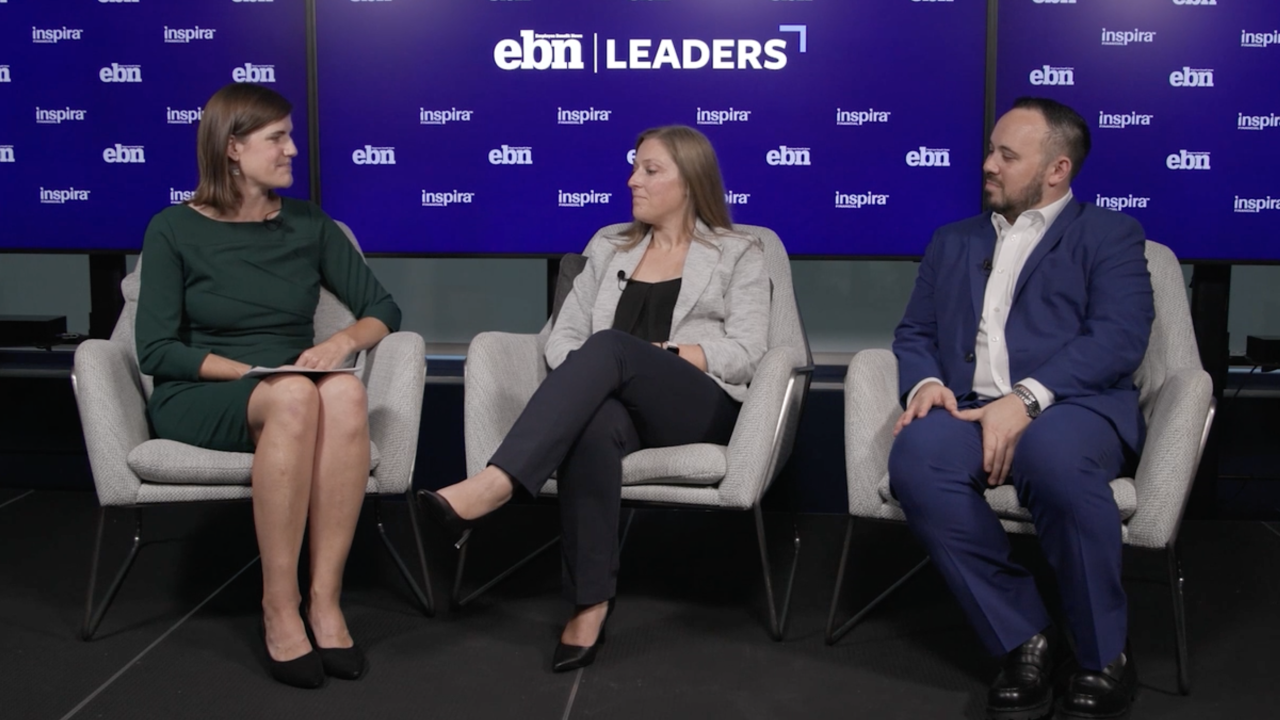Employers are making good on their promise to support their employees — even after they’ve left the company.
The number of employers offering severance packages to all employees that are let go rose to 64% in 2021 from 44% in 2019, according to a
So although more employees will be receiving severance packages moving forward, it’s unclear just when those cash amounts will rebound to pre-pandemic numbers, according to Dan Davenport, president and general manager of Randstad RiseSmart.
“The main trend is that companies are trying to cover more of their employees than before,” Davenport says. “But it's clear that many companies were struggling with cashflow last year.”
Read More:
Severance is typically offered to full-time employees who are let go, but because of COVID, many employers expanded the benefit to include contract and gig workers or have eliminated various eligibility requirements for the payments. Sixty-four percent of employers said all employees are eligible at their companies, whereas just 44% said the same in 2019.
“These are things that were in play before,” Davenport says of the trend, which had been developing for years but gained speed as a result of the pandemic. “Companies realized that they need to invest in making their workplaces more desirable for employees given how hot the job market is right now.”
In order to mitigate the costs associated with layoffs and severance payments, employers should first attempt to redeploy an employee to a different position within the company, according to Davenport. While these redeployment tactics are on the rise, companies are also looking at different alternatives that can support laid-off staff.
Read More:
One such option is an outplacement program, which provides benefits geared toward helping employees find another job. Randstad RiseSmart data found that these programs are steadily on the rise post-pandemic, with 60% of those who began offering outplacement in the past two years saying COVID-19 affected their decision to do so.
A good outplacement program isn’t just beneficial for the employee. On top of being a good attraction strategy, it also favors retention. Outplacement programs maintain a positive employer brand image while also preserving morale and productivity among remaining employees.
“I find that companies want to do the right thing whenever they do have to reduce headcount,” Davenport says. “It's the least companies can do to offer employees some help to bridge them to their next job.”






